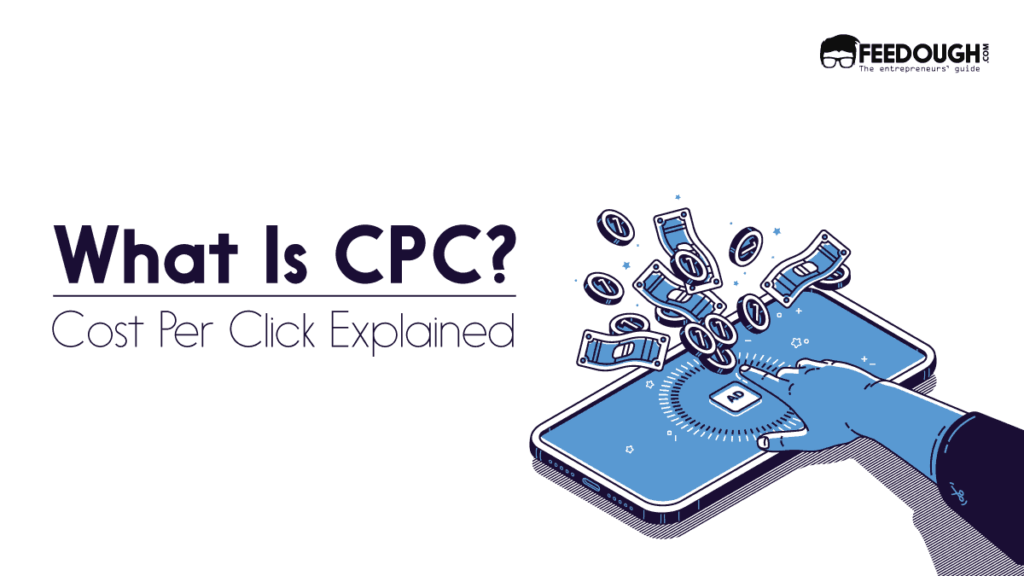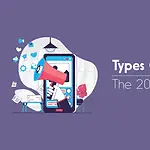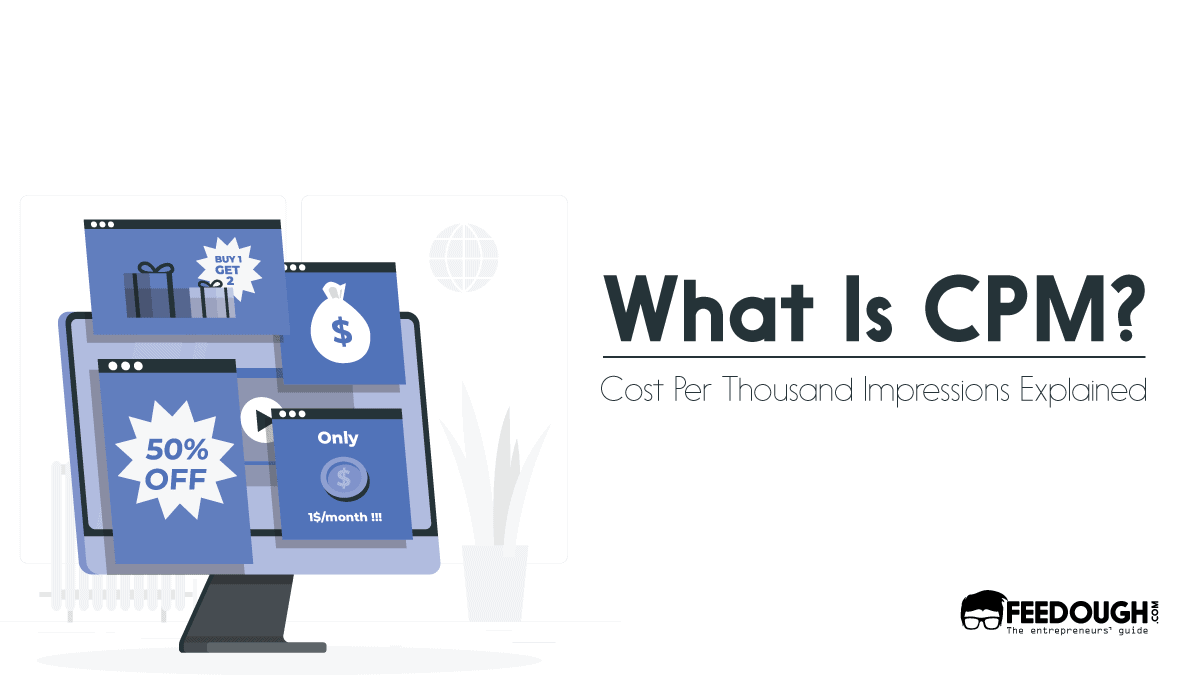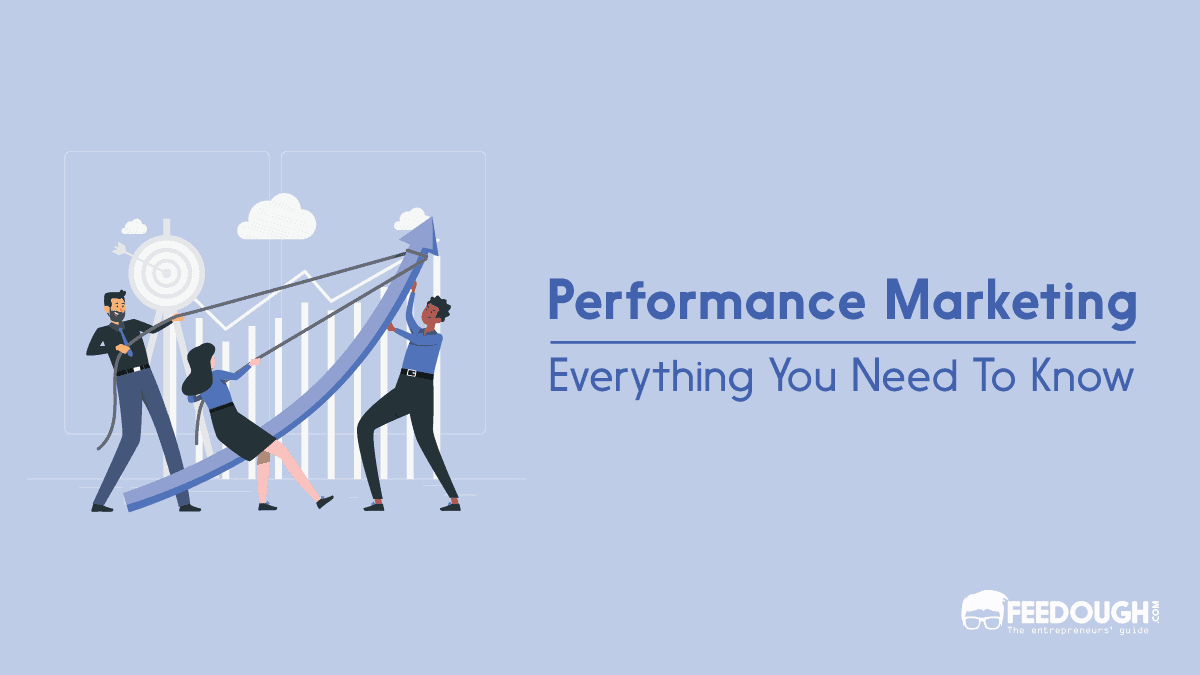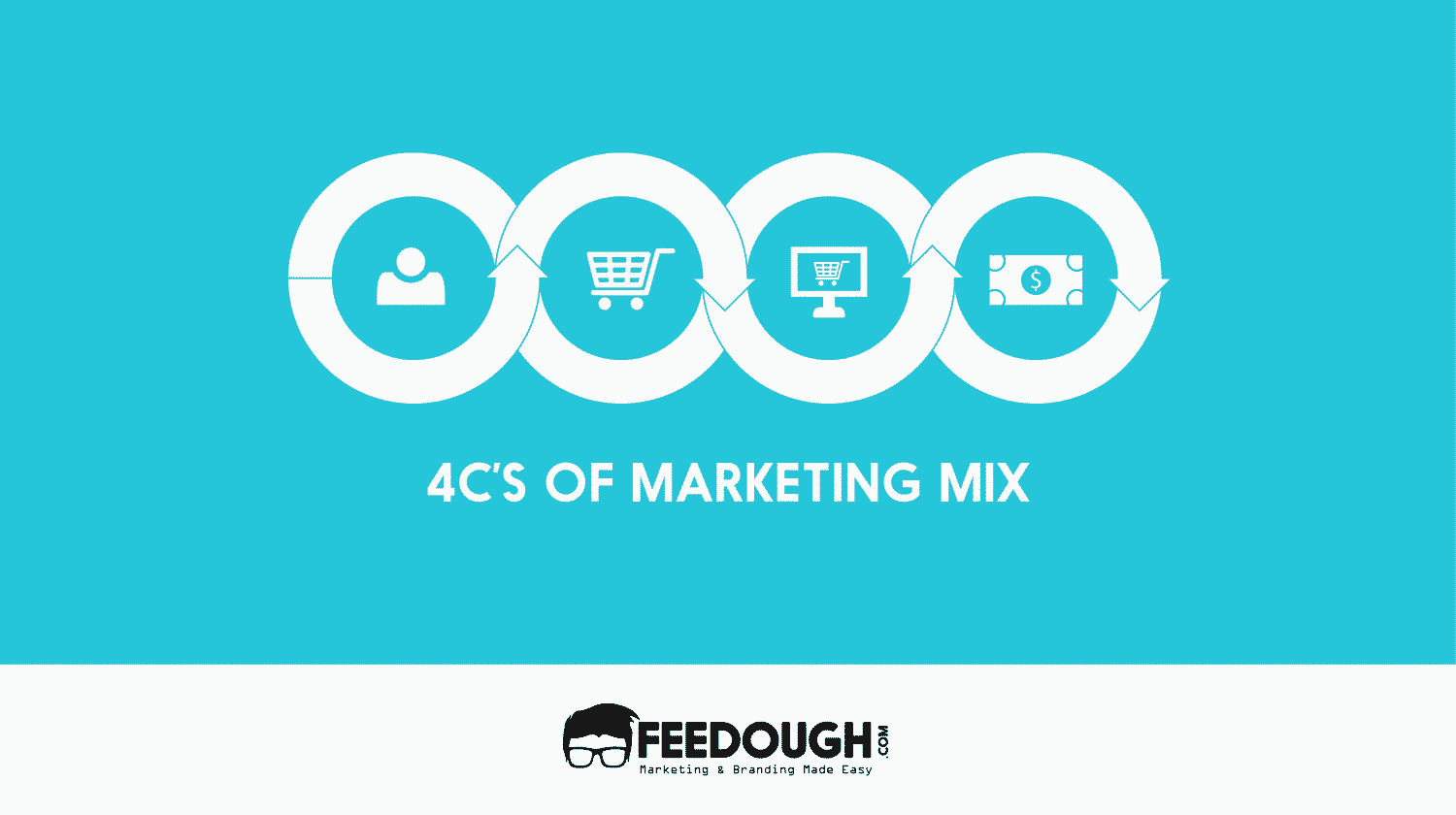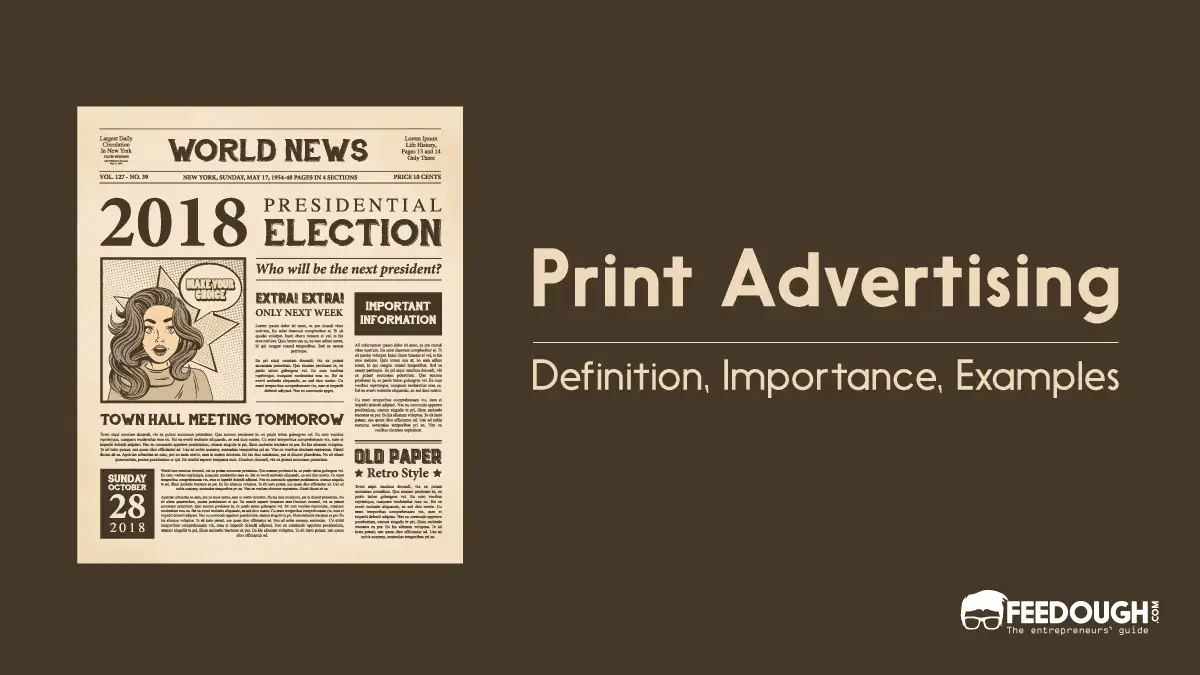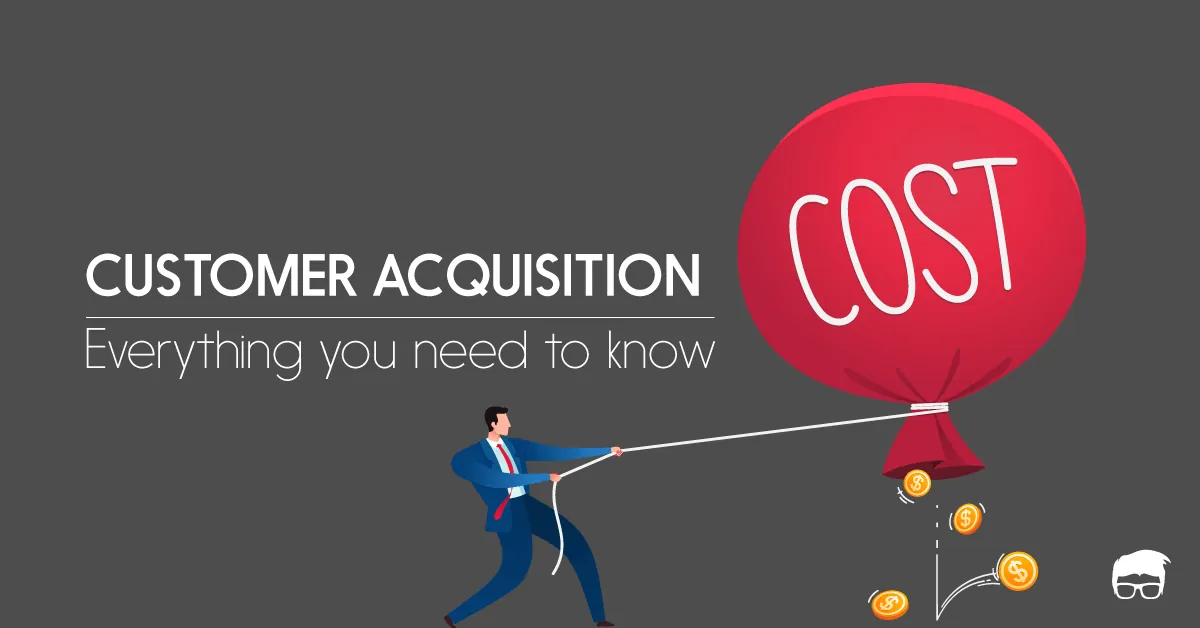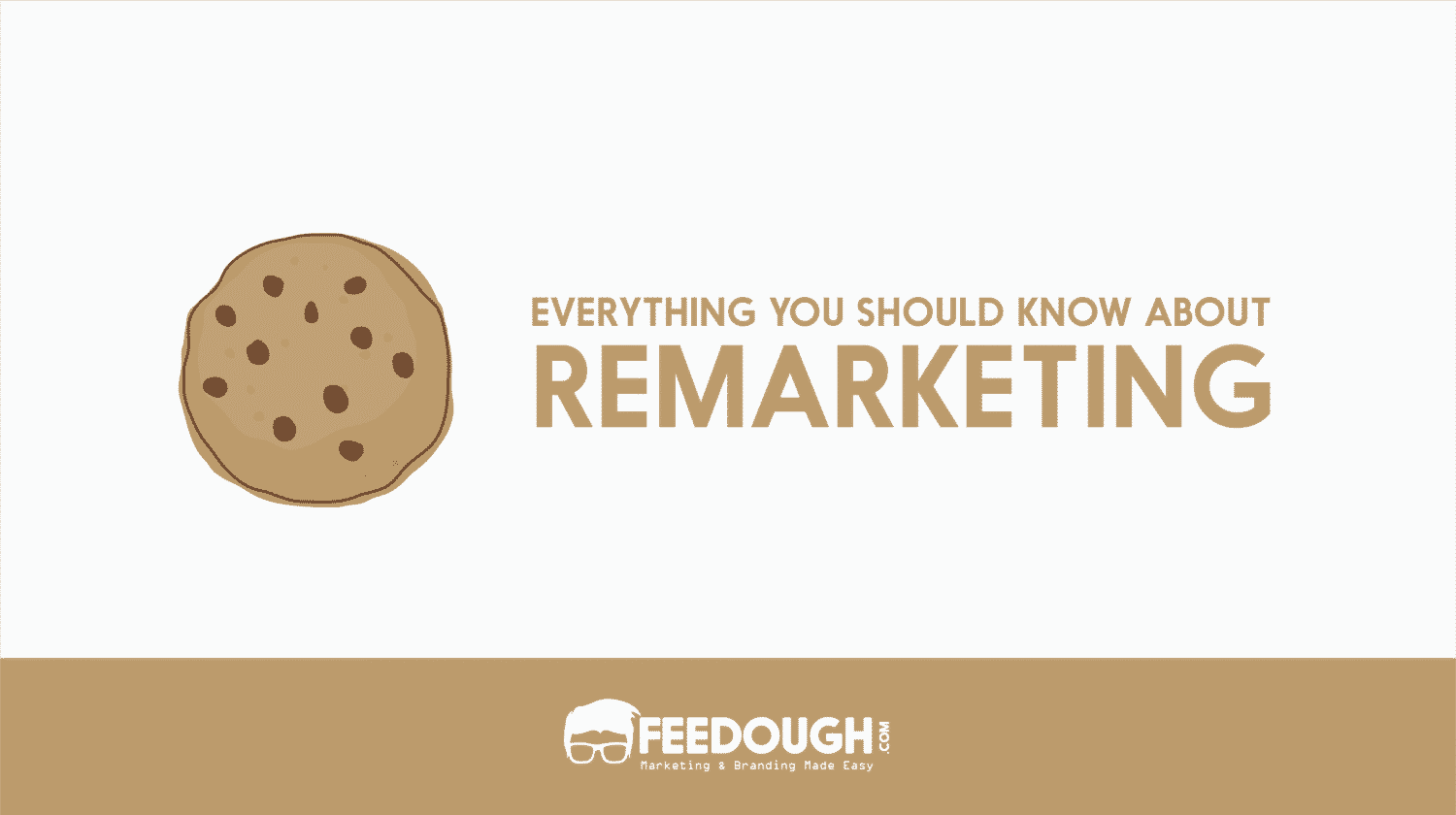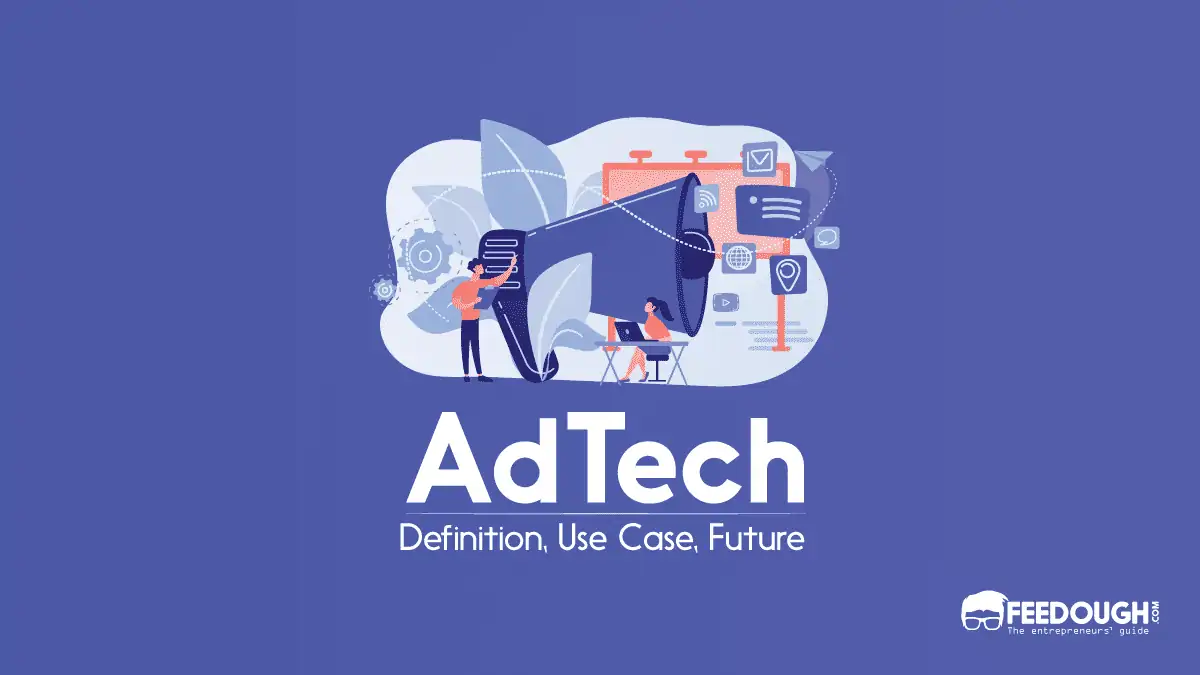Digital marketing is a broad term that refers to the various ways businesses can promote themselves online. One of the most common and effective digital marketing strategies is pay-per-click (PPC) advertising.
PPC is a type of advertising where businesses pay a fee every time their ad is clicked. This cost is calculated by a metric called cost-per-click (CPC). In other words, CPC is the price businesses pay for each click on their ad.
So, what is CPC in marketing, how does it work, and how is it different from CPM and CPA?
What Is CPC?
Cost per click (CPC) is a digital advertising pricing model in which businesses pay a fee for each click on their ad.
The CPC model is commonly used in search engine advertising, display advertising, and social media advertising, where businesses only pay when their ad is clicked.
For example, let’s say a business runs a website that sells shoes. It decides to use Google Ads to promote its website and bid on the keyword “canvas shoes.
When someone searches for “canvas shoes” on Google, its ad may appear on the results page. The ad may get thousands of impressions, but only when the searcher clicks on the ad, the business will have to pay the CPC for that keyword.
CPC Formula
Calculating cost per click is simple. One just needs to divide the total cost of their campaign by the number of clicks it received.
For example, if a business spent $100 on its Google Ads campaign and received 1,000 clicks, its CPC would be $0.10.
CPC = Total Cost of Campaign / Number of Clicks
How Does CPC Work?
In a usual scenario, several advertisers bid on the same keyword. The CPC for a particular keyword is determined by the advertiser who is willing to pay the highest amount per click.
The CPC also depends on the quality score of an ad. Different ad platforms have different quality score criteria, but the higher the quality score, the lower the CPC will be.
From a campaign perspective, the advertiser is charged every time someone clicks on their ad. This advertiser either fixes the cost per click rate or allows the platform to automatically adjust it in order to get more clicks (within its budget).
The number of impressions an ad gets doesn’t affect the cost per click as it does in a CPM campaign. An ad can get a large number of impressions but the advertiser will only be charged when someone clicks on it.
CPC Related Terms
There are some related terms that a user may come across while launching a PPC campaign. These are:
- Maximum cost per click: The highest amount an advertiser is willing to pay for a particular keyword. This doesn’t mean that the advertiser will be charged this amount every time their ad is clicked. It just serves as a limit for the CPC.
- Manual cost per click bidding: In this type of bidding, the advertiser sets a maximum CPC for each keyword. This means that they will never be charged more than their maximum CPC.
- Automatic cost per click bidding: Also called enhanced cost per click bidding, here the ad platform uses advanced algorithms to optimise the advertiser’s campaign for better results automatically.
- Click-through rate (CTR): The number of times an ad is clicked divided by the number of times it’s shown (impressions). CTR helps advertisers track the effectiveness of their ad campaigns.
CPC vs CPM vs CPA
Often, CPC is confused with two other digital advertising pricing models – cost per thousand impressions (CPM) and cost per action (CPA).
In a CPM campaign, businesses are charged a fee for every 1,000 times their ad is shown, regardless of whether it’s clicked or not.
A CPA campaign, on the other hand, charges businesses only when the desired action is taken by the user, such as making a purchase or signing up for a newsletter. It’s a subset of performance marketing.
CPC is different from both CPM and CPA in that businesses are only charged when their ad is clicked.
For example, if a business runs a CPC campaign on Google Ads and its ad is shown 1,000 times but only receives 10 clicks and one sale, the business will only be charged for those 10 clicks.
Advantages Of CPC
There are several advantages of using a CPC pricing model for digital advertising, including:
- Fairness: businesses are only charged when their ad is clicked, so they don’t have to worry about paying for impressions or other actions that may not lead to conversions.
- Transparency: businesses know exactly how much they will be charged for each click on their ad, so there are no hidden fees.
- Flexibility: businesses can set their own CPC rate or allow the platform to automatically adjust it based on their budget and other factors.
- Manageability: businesses can easily control their spending by setting a daily or total budget for their CPC campaign.
Disadvantages Of CPC
There are also some disadvantages of using a CPC pricing model, including:
- High competition: businesses may have to pay a high CPC rate for popular keywords that are being bid on by many other advertisers.
- Low-quality score: businesses may have to pay a high CPC rate if their ad has a low-quality score.
- Click fraud: businesses may be charged for fake clicks on their ads, which can be difficult to detect and prevent.
Factors Affecting CPC
CPC can be affected by a number of factors, including:
- Popularity of the keyword: more popular keywords tends to have higher CPCs.
- Quality score of the ad: ads with a higher quality score tend to have lower CPCs.
- Type of device: ads on mobile devices tend to have lower CPCs than ads on desktop devices.
- Type of ad: text ads tend to have lower CPCs than image or video ads.
- Location of the user: users in developed countries tend to have higher CPCs than users in developing countries.
Besides these factors, the CPC for a particular keyword can also be affected by the overall budget of the campaign and the maximum CPC bids set by the businesses.
Bottom-Line?
CPC is among the most popular online advertising pricing models as it allows businesses to control their spending and only pay when their ad is clicked.
Brands use PPC campaigns mostly for the middle of the funnel and bottom of the funnel marketing goals like lead generation and product sales. However, these campaigns don’t suit top of the funnel marketing goals like brand awareness.
Digital advertisers should keep in mind the various factors that can affect CPC when planning their campaigns. By understanding how CPC works, businesses can better control their ad spending and achieve their desired results.
Go On, Tell Us What You Think!
Did we miss something? Come on! Tell us what you think about our article on cost per click (CPC) in the comments section.
A startup consultant, digital marketer, traveller, and philomath. Aashish has worked with over 20 startups and successfully helped them ideate, raise money, and succeed. When not working, he can be found hiking, camping, and stargazing.
